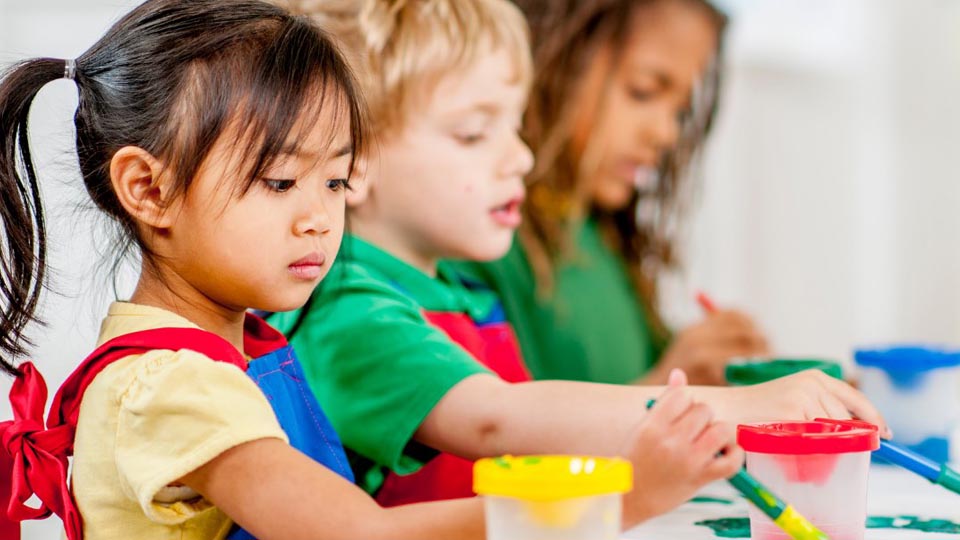Child well-being ticks up in latest Kids Count Data Book
Subscriber Benefit
As a subscriber you can listen to articles at work, in the car, or while you work out. Subscribe Now
Hoosier children are doing a bit better than they were last year, according to a national ranking of child well-being from the Annie E Casey Foundation — rising from 28th overall to 24th in the country.
The Indiana Youth Institute broke down the individual ranking categories in a presentation of its Kids Count Data Book in the House Chamber on Monday and included county-level data for the first time this year.
“To prepare Indiana’s children and youth for what comes next, we need to better understand what they’re going through today. They are inheriting a world very different from the one we grew up in,” said Tami Silverman, president and CEO of the Indiana Youth Institute, in a release.
“There’s much to be encouraged by in the data. Compared to the country, the state of Indiana has fewer children living in poverty, fewer whose parents lack secure employment, and the number of children without health insurance is down to 6%. Most encouraging, in the Class of 2023, 88.9% of Indiana students graduated from high school. That’s the highest rate since 2016 and the third highest since data collection began in 2012.”
In terms of education, Hoosier kids ranked 13th — its highest achievement in an individual category — followed by 16th for economic well-being. Its lowest-scoring categories included 29th for health and 31st for family & community — putting Indiana behind its peers.
“At its heart, the 2024 Kids Count Data Book is a measure of how we value our children. It is really a report card for adults,” said Silverman. “It tells us where we’re succeeding and where we’re failing. It tells us where we can do better. It’s the state of our schools, our economy, and our healthcare system. The good news is we know what works. The data shows overall improvements partly because of investments made during the pandemic. That tells us we can improve outcomes if we invest time, effort, and resources wisely.”
The 1.57 million Hoosier youth are more diverse than previous generations, with over a quarter identifying as a race or ethnicity other than white or non-Hispanic, compared to 18% of adults. The report highlighted wins like the years-long decrease in the number of children in foster care and a slightly lower rate of children living in poverty, 16.7% nationally compared to 16.1% in Indiana.
But Indiana’s ongoing provider shortage dragged down its health rankings, with just one mental health provider for every 529 Hoosiers. With more than a third of high school youth saying they’ve felt sad or hopeless every day for two weeks in 2022, the need for mental health services is increasingly apparent.
The Indiana Capital Chronicle is an independent, not-for-profit news organization that covers state government, policy and elections.
